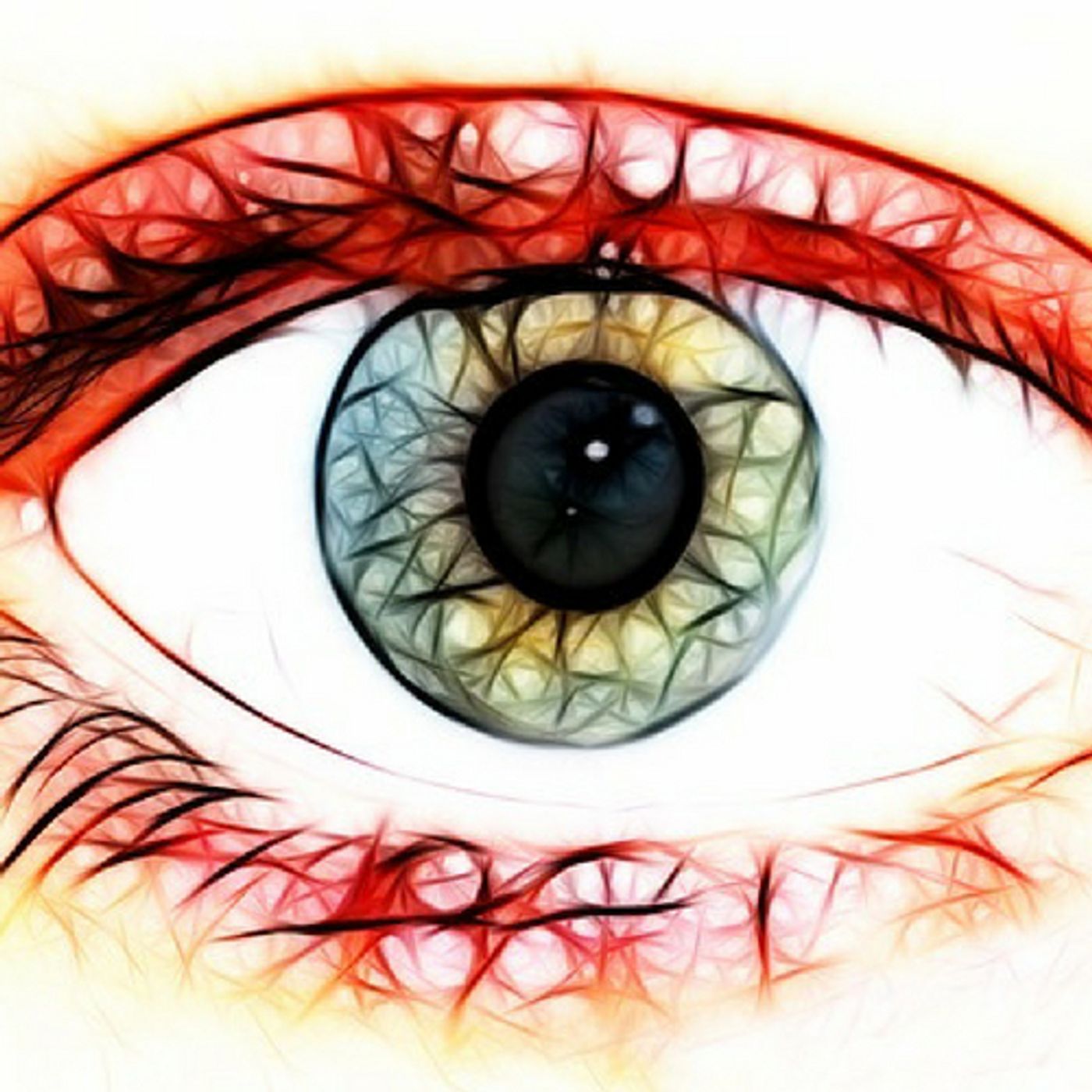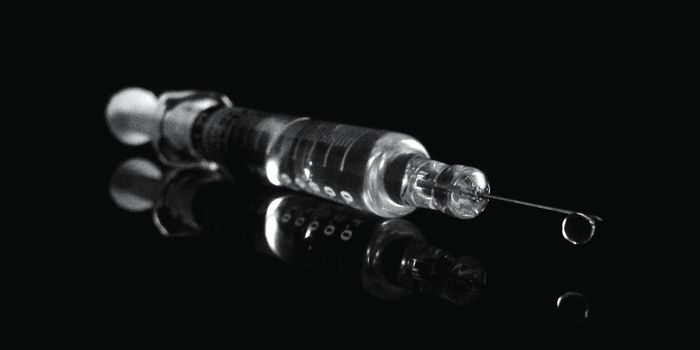Printing a Cornea in 3D
We are living in some fantastic times, with technology, medical advances and better treatments for many illnesses. Nowhere is this technology more apparent than in the health applications of 3D printing. Printers with 3D capability have been able to make prosthetic limbs, surgical instruments, and implants that have saved lives. The latest advance is from scientists at Newcastle University who have come up with a way to use 3D printing to make corneal implants.
Approximately 10 million people worldwide who have gone blind from the disease could benefit from surgery to implant new corneas. However, the supply is very low. The cornea is the outermost layer of the eye and helps the optic nerve and retina focus. Eye diseases like trachoma, which is an infectious disorder result in loss of sight for thousands every year. In addition, about 5 million people each year lose their sight due to accident or injury and a corneal transplant could literally give them back their eyesight.
The study out of Newcastle University is a "proof of concept" study conducted to see if human stem cells could be mixed with other ingredients to create what researchers call "bio-ink" that can be used in 3D printing. Bio-printing is the latest development in 3D printing. The researchers at Newcastle were able to combine alginate and collagen along with stem cells and use a relatively inexpensive 3D bio-printer to extrude corneal shaped circles. The process took about 10 minutes, but the real test was to see if the cells would then grow. They did.
Newcastle University tissue engineering professor Che Connon, who led the work explained, "Many teams across the world have been chasing the ideal bio-ink to make this process feasible. Our unique gel - a combination of alginate and collagen - keeps the stem cells alive whilst producing a material which is stiff enough to hold its shape but soft enough to be squeezed out the nozzle of a 3D printer. This builds upon our previous work in which we kept cells alive for weeks at room temperature within a similar hydrogel. Now we have a ready to use bio-ink containing stem cells allowing users to start printing tissues without having to worry about growing the cells separately."
The study also showed it is theoretically possible to bio-print corneas that are custom fit for each patient. By scanning a patient’s eye and taking micro measurements, the printer can produce a corneal implant that exactly matches a patient's eye anatomy. Since the study was merely a first attempt to see if such a process is even possible, it will be quite some time before human trials can begin. Still, the fact that it's a possibility is a game-changer that, if successful, can give people back the gift of sight. Check out the video to learn more.
Sources: Newcastle University, ScienceAlert, Experimental Eye Research









